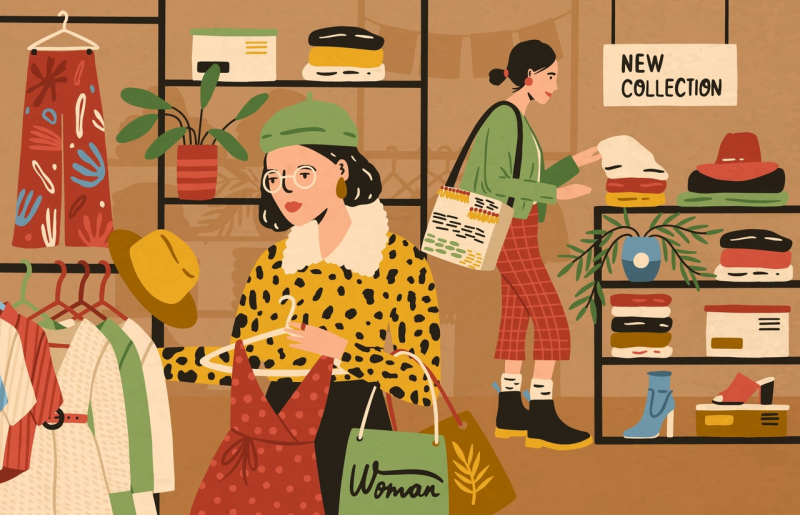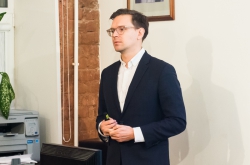Fashion industry meets urban design
According to the UN, two-thirds of the world’s population will live in cities by the year 2050. As of now, they consume 75% of natural resources, produce half of the waste worldwide, and 80% of greenhouse emissions.
Olga Johnston Antonova believes that fashion of the future is about ecology, production and consumption of clothes, as well as about changes in people’s lifestyle. In fashion, much like in urban studies, design and the visual aspect are very important. Both cities and clothes should not only look good but also be functional and sustainable.
Fashion is born in cities and is conceptually connected to them. The lecturer noted that there are fashion capitals, such as Paris, Milan, London, and New York. These and other cities compete for the right to be associated with the fashion industry because once a city receives the status of fashion capital, fashion weeks are held there and both funding and symbolic value increase.
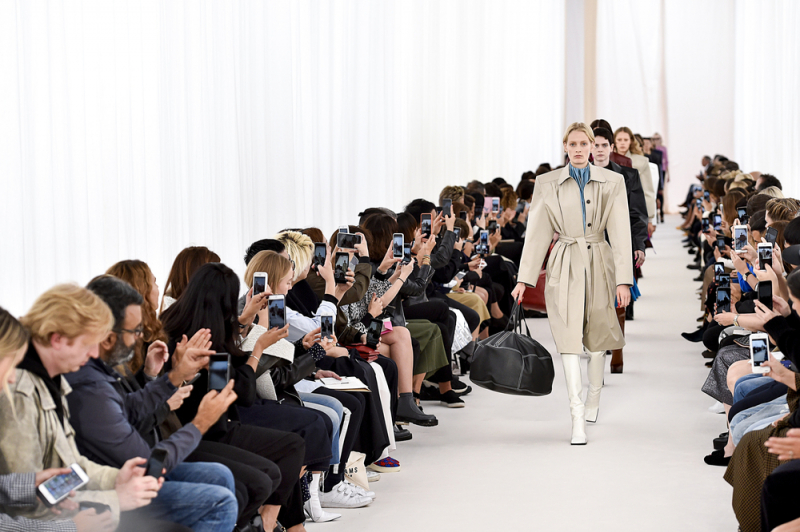
Olga Johnston Antonova suggests reflecting on what the status of a place means for urban designers and citizens. For example, Antwerp used to be known as a center for diamond processing but in the late ‘80s, it all of a sudden became a fashion capital because of six designers from the local fashion school. The school had existed for a long time, but only when a group of talented students came out of it and changed the industry did it become prestigious and made the city a fashion capital.
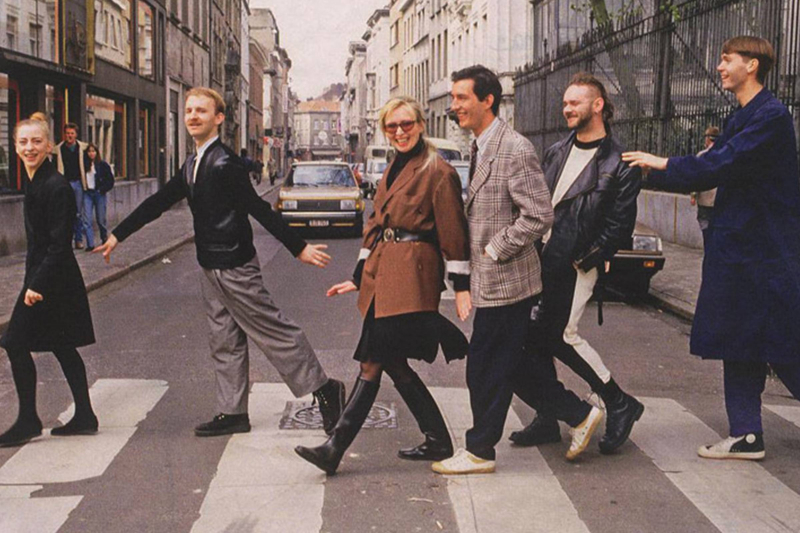
Moreover, the lecturer noted that fashion, especially high fashion, is created for people who live in cities. Fashionable clothes are usually popular in cities that accumulate lots of events and locations. As people from cities consume more, they also produce the most amount of waste, thus increasing the ecological footprint of cities overall. How do we join forces of specialists from the fashion industry and urban design to decrease it? Olga Johnston Antonova believes it’s possible if we collaborate.
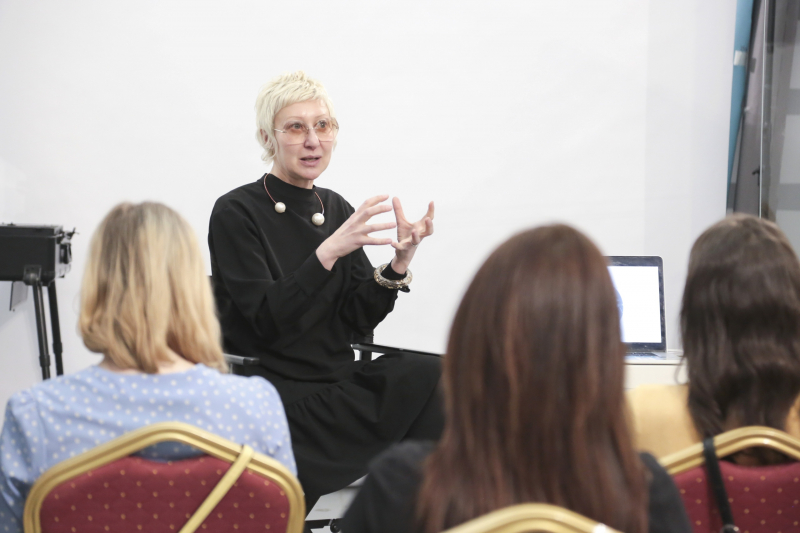
Ecological footprint
The lecturer noted that the fashion industry is second after the oil industry when it comes to pollution. If action isn’t taken, it can increase by 50% by the year 2030.
In order to understand how the footprint appears, we should take a look at the life cycle of any clothing item: design, production of material, production of an item, packaging, transportation, corporate activities (stores, offices, and warehouses), usage (washing and repair), and reusing or recycling.
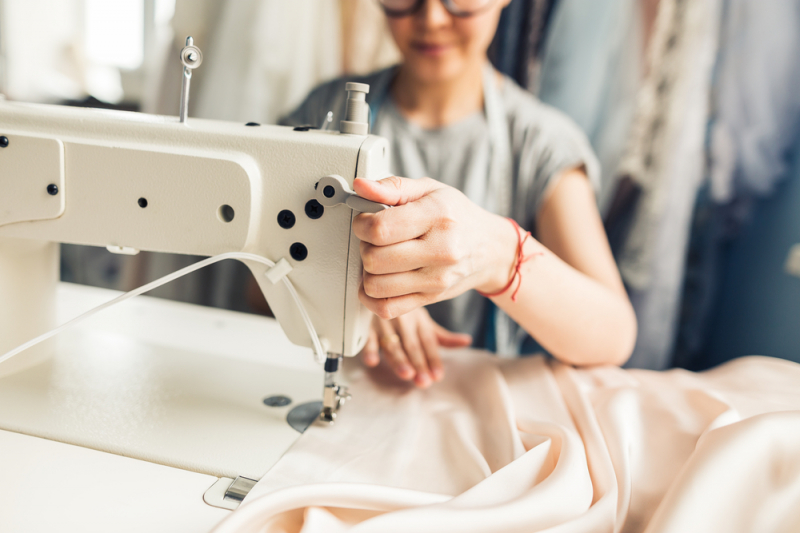
Why natural materials aren’t the best option
Materials shouldn’t necessarily be natural, but more importantly – safe both for people and the environment. For example, cotton is one of the least eco-friendly cultures because it’s produced with the help of genetically modified seeds, which means it requires lots of dangerous and toxic substances (pesticides and insecticides).
Genetically modified seeds aren’t reusable, they must be purchased each year, so farms become dependent on banks and investments. Farmers often get hospitalized with intoxication caused by chemicals. Plus, cotton requires lots of water: you need up to 30,000 liters to produce one kilo of cotton. Olga Johnston Antonova believes cotton should be organic, not simply natural.

Forests get destroyed due to viscose production, as it’s produced with plant-based cellulose. Eco-footprint of polyester, acryl, and nylon is caused by the fact that these materials are side products of oil (a non-renewable resource). With regards to wool and leather – without even mentioning the ethical aspect – we should keep in mind the energy-consuming and dangerous chemical processes that also pollute the environment.
Production of the fabric also increases the eco-footprint, and facilities located in cities influence the urban environment.
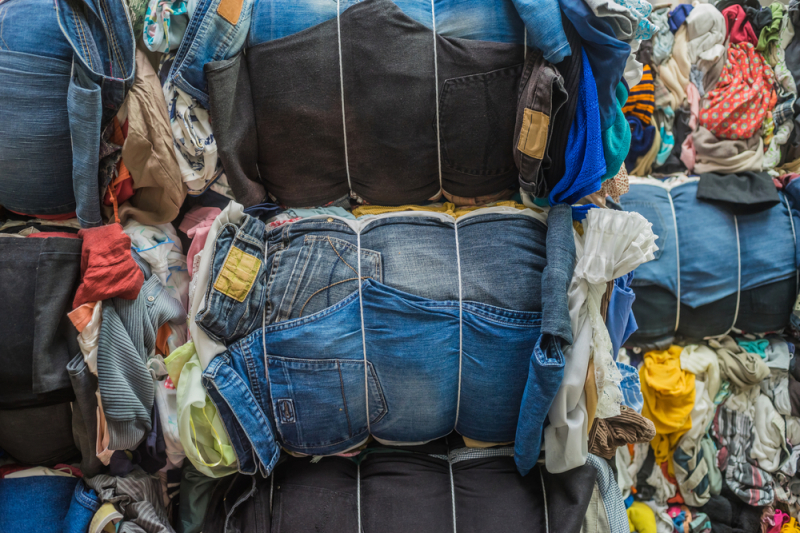
What should we do
Production of clothes is the next stage. Starting with the design, overall waste, location, and ecological imprint of facilities should be considered. For example, it’s possible to apply zero-waste design or use what’s left after production.
At the next stage – packaging – we can come up with ways to reduce the eco-footprint by using less plastic and more recyclable materials. It’s preferable to create biodegradable packaging.
Transportation is another aspect. In order to reduce eco-footprint, large companies develop and apply eco-friendly fuel from renewable resources.
Retail problems are also tightly related to urban design: new business models for rentals instead of stores help reduce eco-footprint. Plus, new ways of design and construction of stores and warehouses appear.
Consumption and usage of products also contribute to their eco-footprint. It’s not only about the number of items, but also about their life cycle and general approach to usage. Sustainability means using stuff reasonably, not minimally.

From linear to circular economy
Eco-sustainability is attainable through a switch to the circular economy. The task in front of urban designers and fashion specialists is to loop the life cycle of clothes and make them safer and more eco-friendly. For example, we can create alternative regenerated materials via bioengineering methods.
The lecturer discussed three principles of the circular economy: no waste and emissions, saved resources, and restoration of natural systems, not destruction of them.
Urban designers should pay attention to trends in the fashion industry, especially when it comes to consumption and recycling, as it will allow them to create an environment suitable for circular business models. It includes the collection of used clothes, locations for swapping, renting, and recycling to make our cities more sustainable and our lifestyle – eco-friendly.

About the event
The lecture took place as part of the United Nations Sustainability Goals and Smart & Sustainable Urban Development course taught as part of the Urban Planning and Design Master’s programs at the Institute of Design & Urban Studies. Irina Shmeleva, the head of the Laboratory of Sustainable Urban Development, organized it.
We wrote about the first day of lectures here. The second day was dedicated to conscious consumption and green building in the context of climate change. Angelina Davydova and Guy Eames also presented their lectures.
Angelina Davydova is a science journalist, director of the Russian-German Bureau of environmental information, a lecturer at St. Petersburg State University and ITMO University, an observer at the UN climate change negotiations since 2008, and a fellow as part of the Humphrey Fellowship at the University of California, Davis (2018-2019). She talked about the prospects of solving problems related to climate change in Russia through international collaboration.
Guy Eames is chair of the Russian Green Building Council (RUGBC) and has a Master’s in climate change and sustainable development. He discussed tools for green building in Russia and worldwide.
